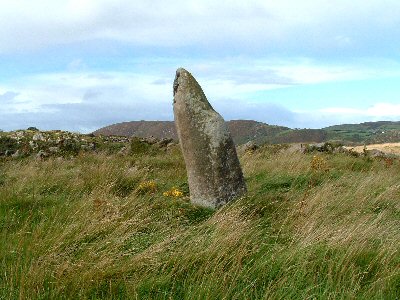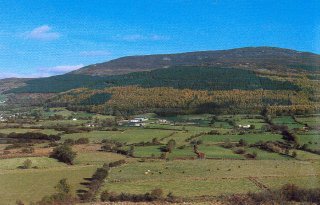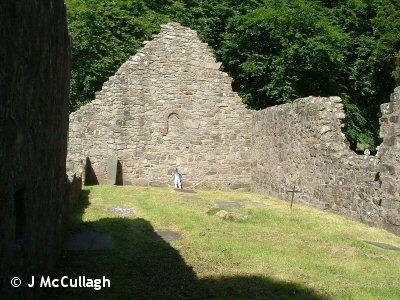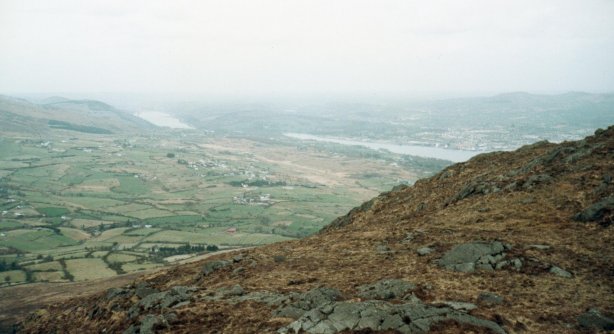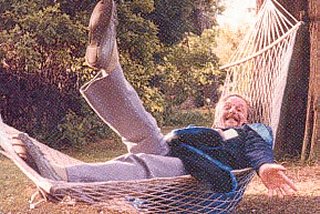A number of recent instances of tragic loss of life by drowning on or near Carlingford Lough, epitomized by the Greene family loss, serves to bring home to us just how treacherous this seemingly calm and safe stretch of water really is.
Those of my own age remember back to the shock of the O’Hare family loss within sight of shore.
Only pleasure craft of shallow draught dare stray far from the closely-marked channel of entry to Narrow Water and only then with a keen eye to their sonar depth screen. The Gunnaway Rock visible at low tide from Warrenpoint Promenade is not a single crag but a raised shelf closing our vicinity to near-shore water traffic as far as, and beyond Killowen.
Killowen Point was formed from a deposit of rock and sand dropped by a retreating glacier at the last glacial retreat. The sea in its close vicinity is suitable only for tiny one/two man craft used for training purposes by the staff of Killowen Outdoor Pursuits Centre (as with Warrenpoint and the East Coast Adventure group). Low tides and miles of mudflats demonstrate why the near-shore waters here right up to Cranfield are off limits to seafarers.
Similar shelves of rock (Black Rock, Omeath and Off Two Mile River Rock) forbid close approach to the opposite shoreline. Craft in and out of Carlingford must describe a semi-circular route around the Old Carlingford Rock.
Then there is The Bar, a shelf of semi-submerged rock that almost closes the mouth of Carlingford Lough, and spans Block House Island and Haulbowline (with its lighthouse). As if all this was not enough, a mile or so further out is the treacherous Hollyhunter, a further shelf complete with island. The tight channel with its various depths contributes to the racing tides that further beset ships and boats plying this course.
It is perhaps not surprising that there have been so many shipping accidents over the centuries. This is what we refer to next!
